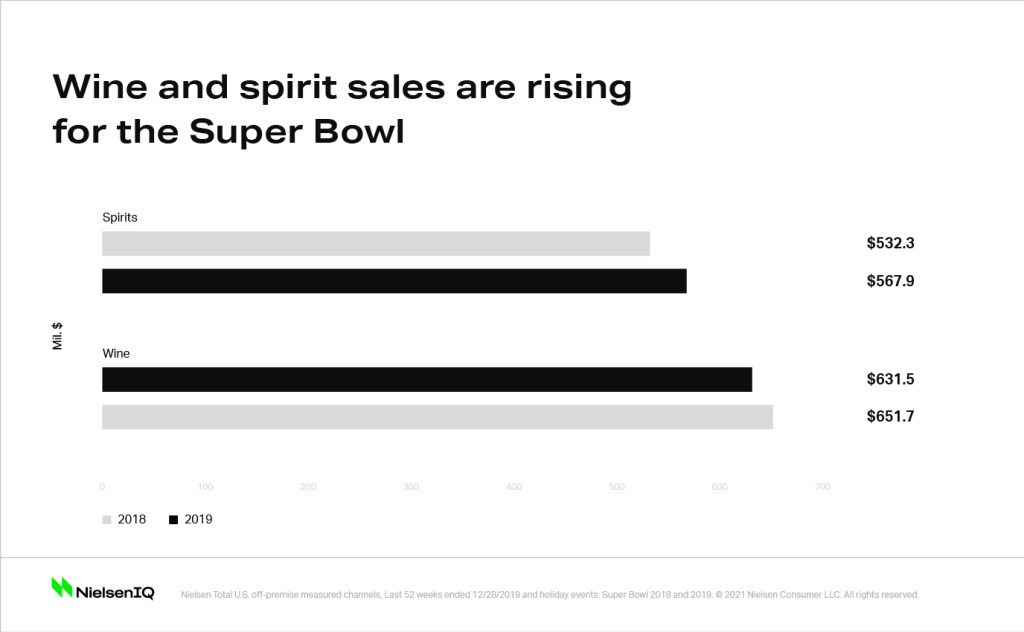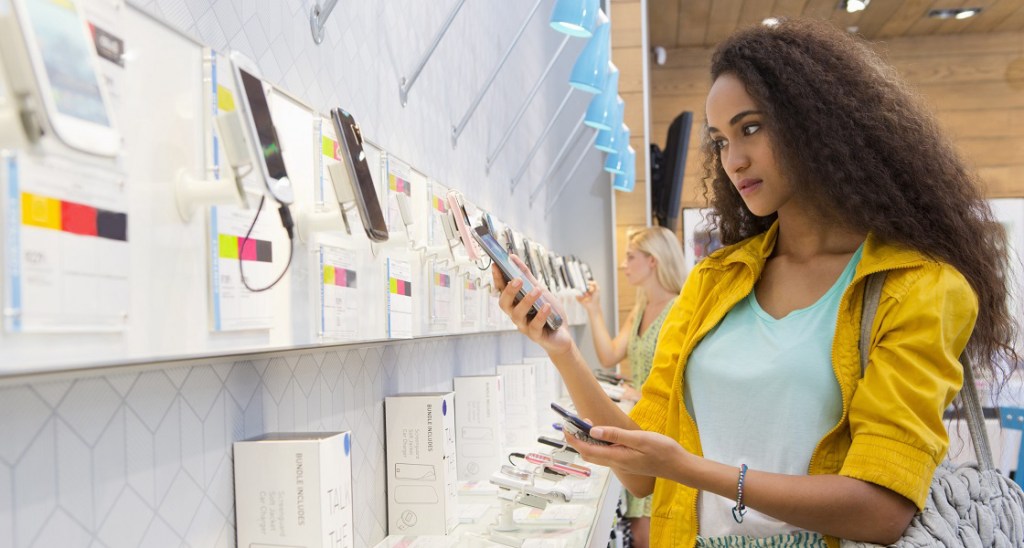This article was originally published on Nielsen.com.
What’s on tap for your Super Bowl party this year? While potato skins, pizza, cheese sticks, and American lager have a long-standing history with the big game, the growing Latinx* influence across the U.S. is inspiring many American football fans to swap their traditional fare for imported beer and jalapeño poppers.
While counter to historical trends, the shift isn’t surprising. The Latinx community represents nearly one-fifth of the U.S. population, and the U.S. Census projects that to double to 109 million over the next 40 years. And, as a result, the Latinx community is playing an increasing role in defining what it means to be American—including what Americans eat and drink during major events like the Super Bowl.
Notably, Latinx consumers in Florida, which is where the 2020 Super Bowl will be played (Miami), wield $165 billion in annual spending power. That represents 18% of the U.S. Latinx community’s total spending power. In terms of engagement with the game itself, tune-in among Hispanics has remained steady over the past few years at about 11 million, as more than 50% of Hispanic households tune in for each game. And with Shakira and Jennifer Lopez taking the stage at halftime, there’s little doubt that Hispanic viewership will stay strong this year.

Given the growing diversity across the country—and the influence it’s having on FMCG consumption—brands and retailers looking to feed households prepping to entertain for the big game would be wise to think beyond traditional potato chips and domestic premium beers. In fact, sales of domestic premium beer in the two weeks leading up to and including last year’s Super Bowl LIII were down almost 5% from the same timeframe the year prior, suggesting a similar story for Super Bowl LIV between the Kansas City Chiefs and San Francisco 49ers. Comparatively, sales of import beer were up almost 4%, and Mexican beers account for 73% of imported beer sales in the U.S.
But contrary to football stereotypes and counter to what we see advertised during the big game, fans are steadily reaching for something other than a cold beer during the on-field action. And while sales growth for seltzers (+247%) continues to significantly outperform that of other alcoholic beverages, wine sales for the Super Bowl are also on the rise. Notably, Mexican wine sales are up 161.5% this year, while sales of Chilean and Argentinian wine are down (-1.5% and -6.3%, respectively).

But the growing influence of the Latinx community extends well beyond Mexican beers and wine. Sales of both tequila and mezcal (primarily sourced in Mexico) are up in double digits on a year-over-year basis (+14.3% and +38.1%, respectively), evidence that American consumers aren’t just gravitating toward multicultural offerings during big tentpole events like the Super Bowl.
By 2023, we expect the buying power of the U.S. Latinx population to top $1.9 trillion, which is higher than the gross domestic product of countries such as Australia, Spain, and Mexico. Brand alignment with Hispanic consumers’ values has never been more important, and it’s clear that the Latinx influence is shifting—and will continue to shift—overall consumption trends across the U.S.
*We use the term “Latinx” as a gender-neutral, inclusive alternative to “Latino.” The decision is a nod toward greater inclusion of women, LGBTQ+, and nonbinary Hispanics, and the popularity of the term in social media and academic writing.




